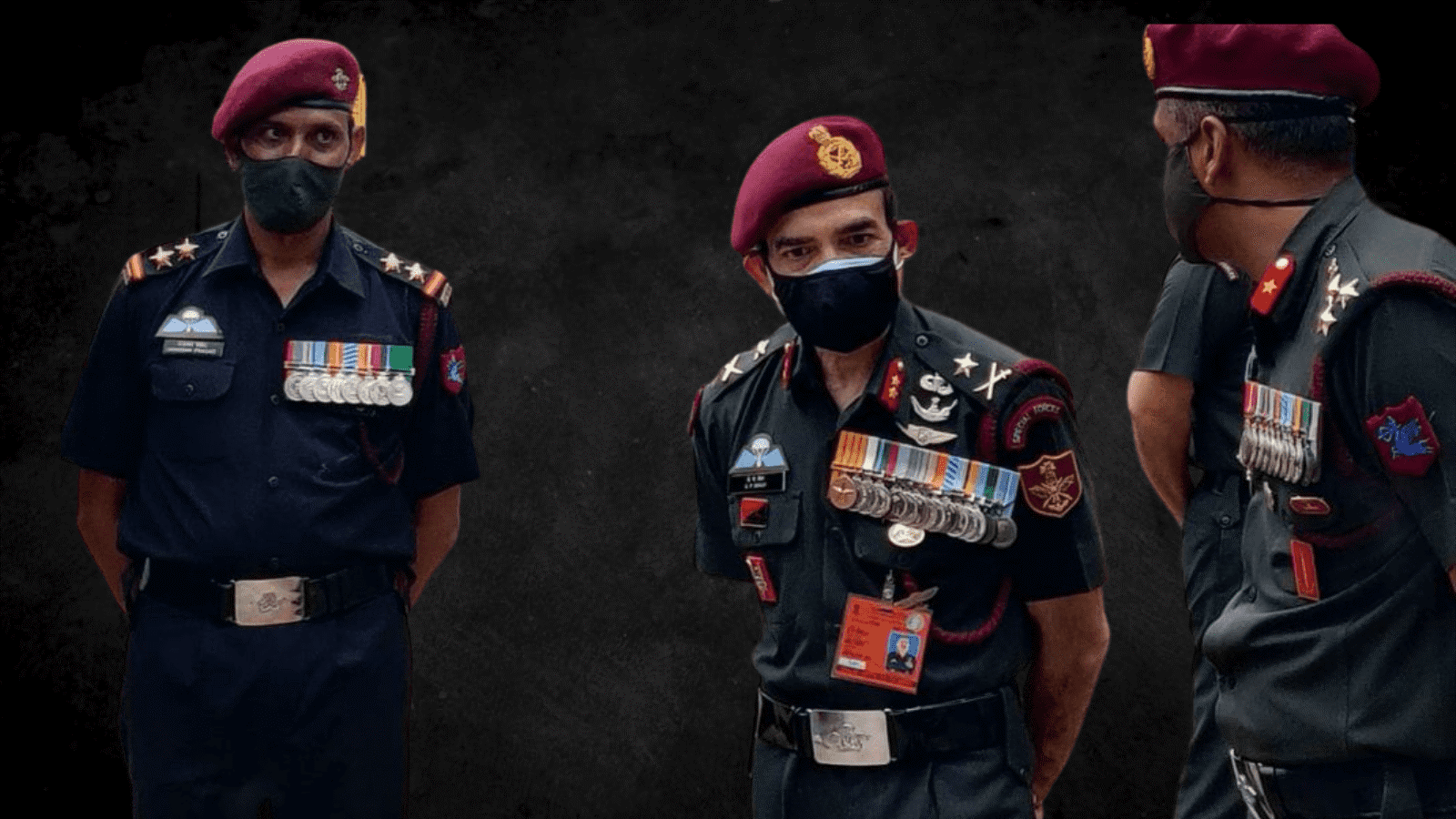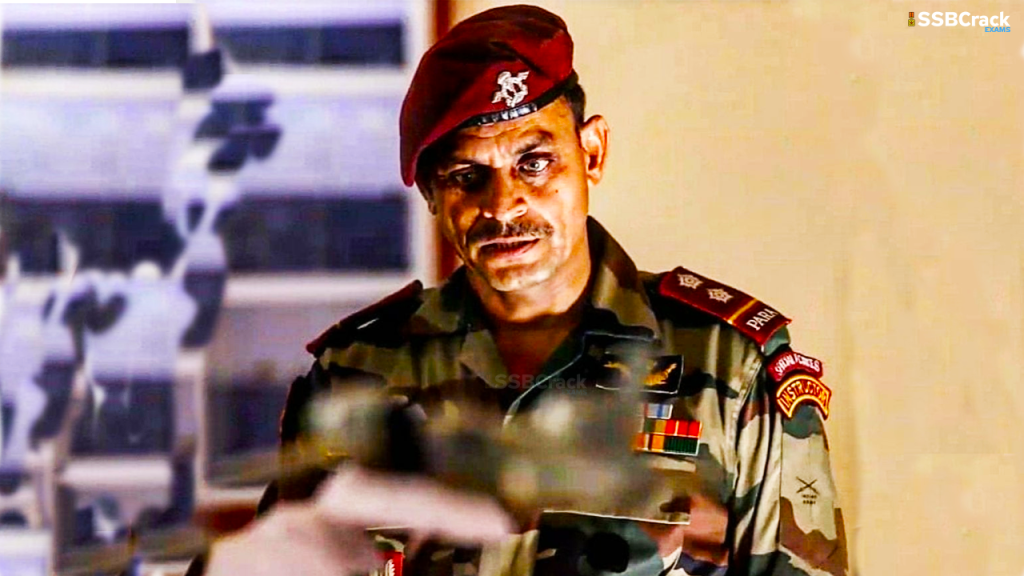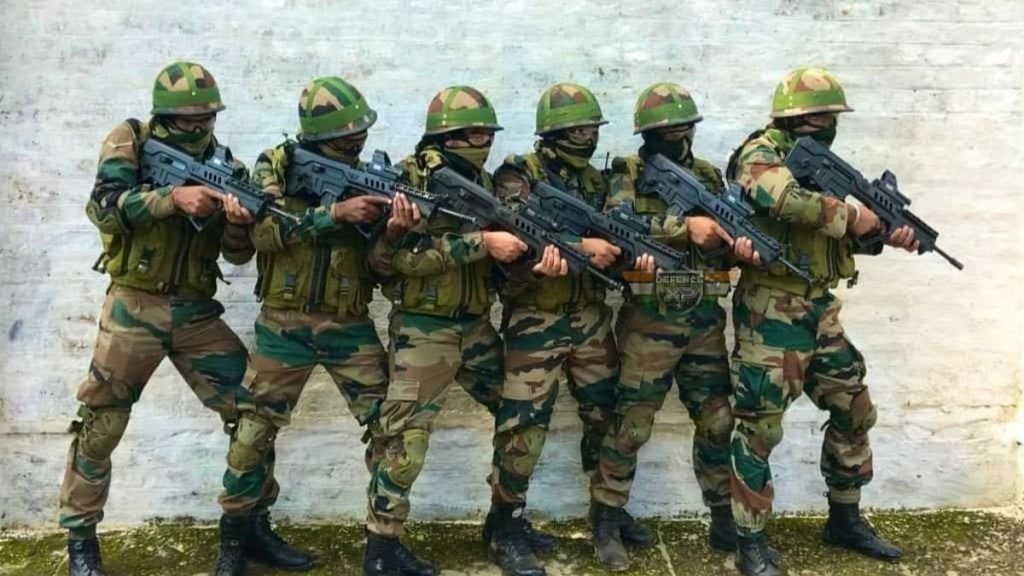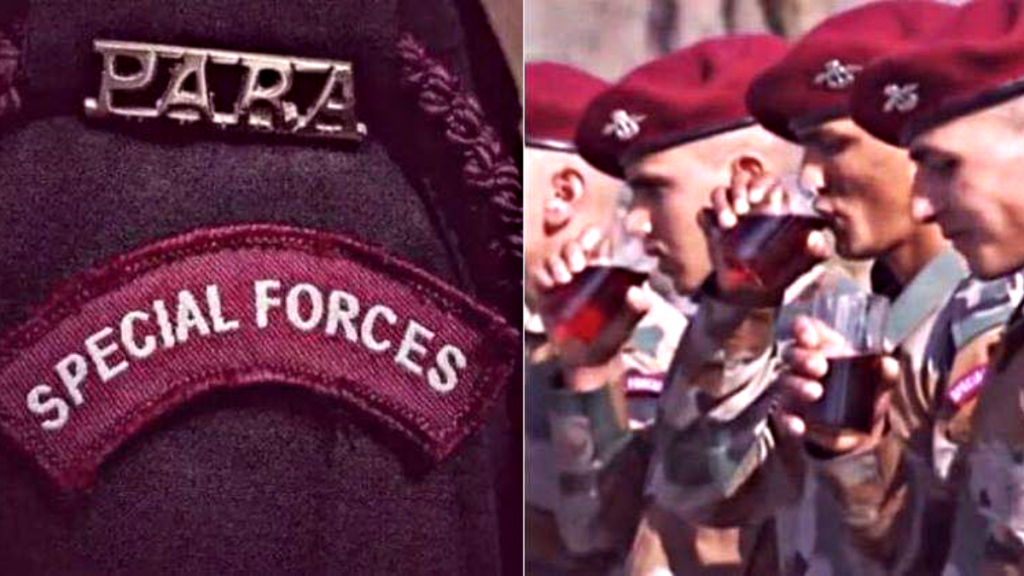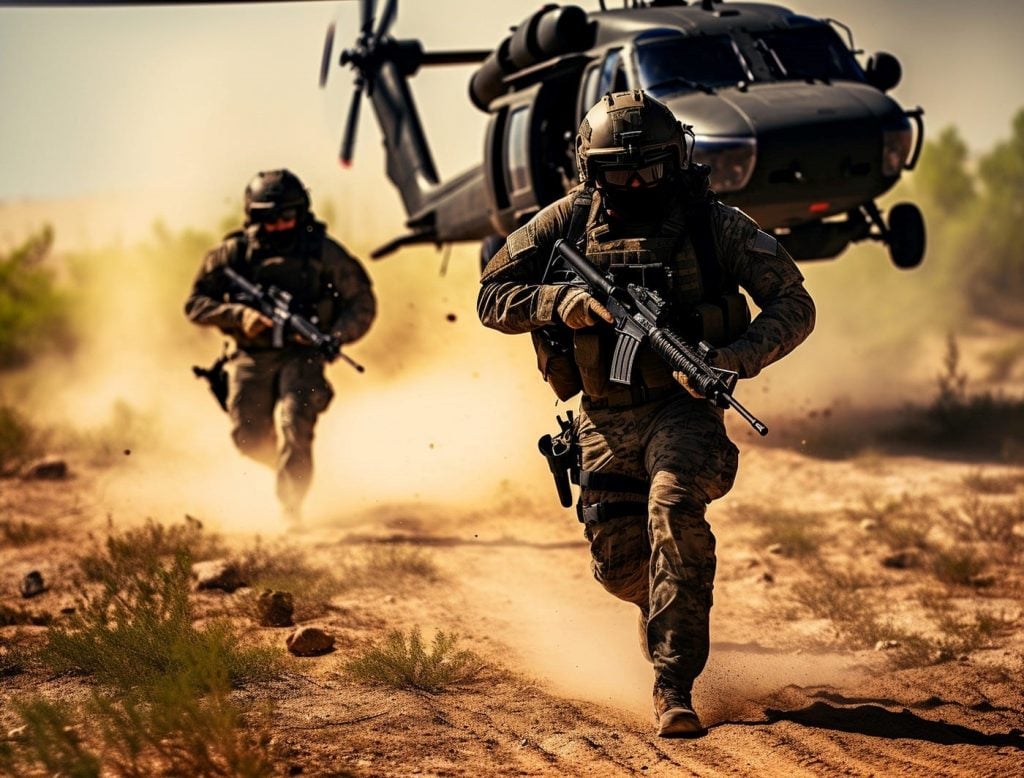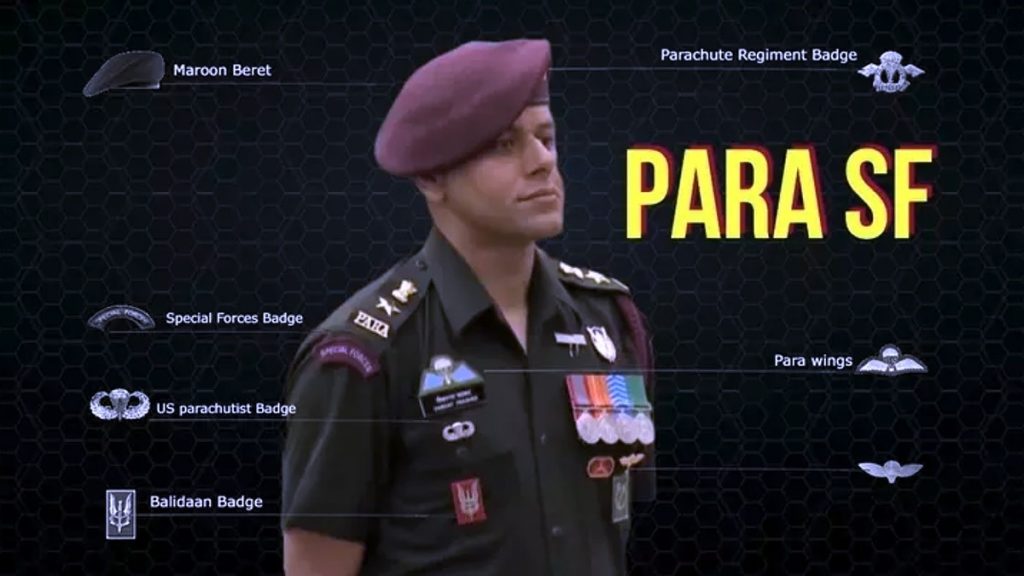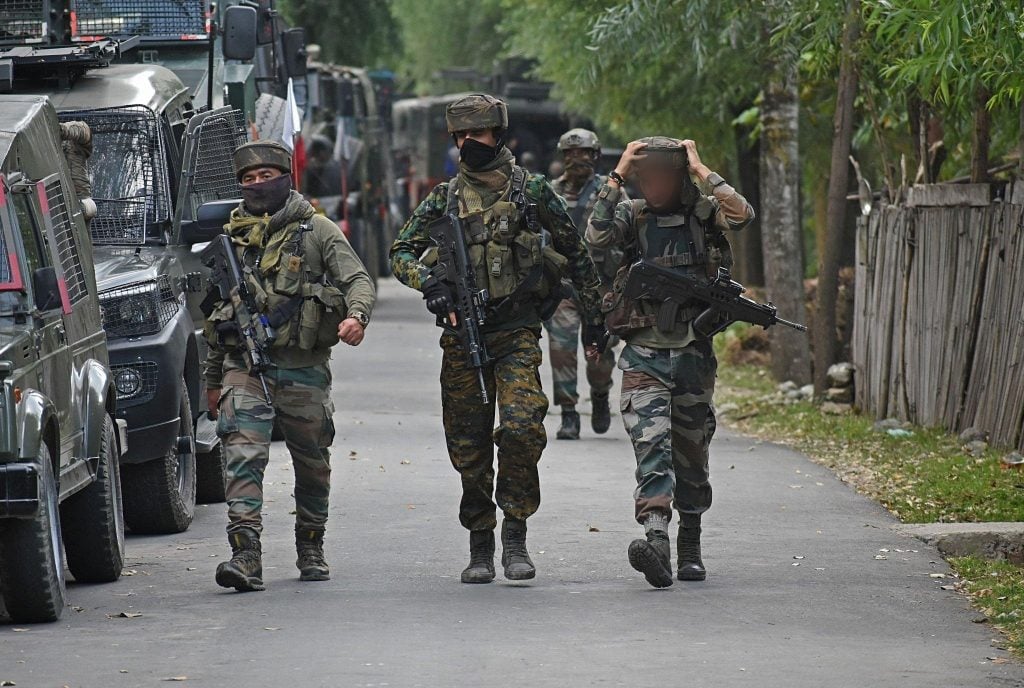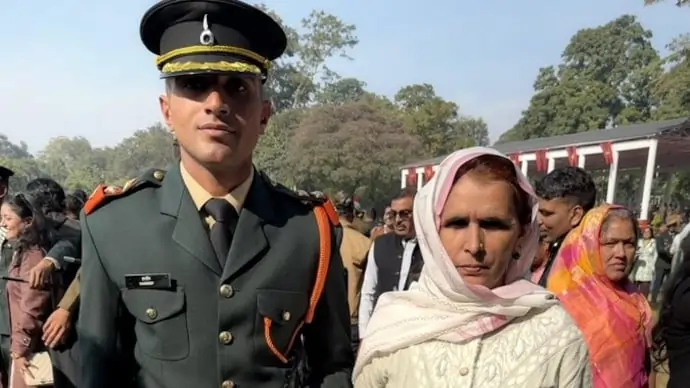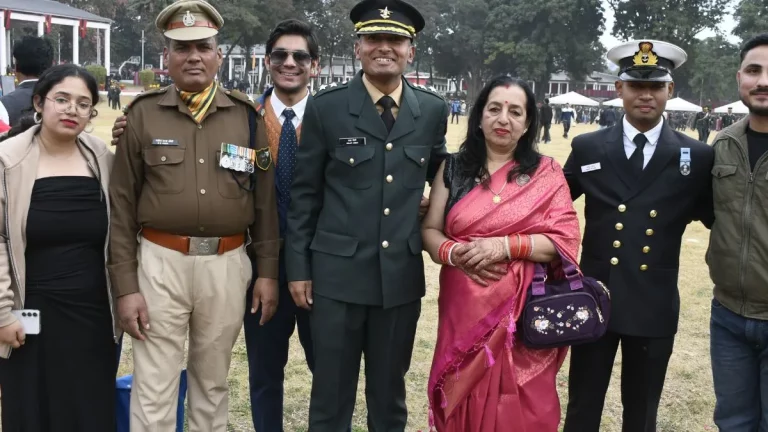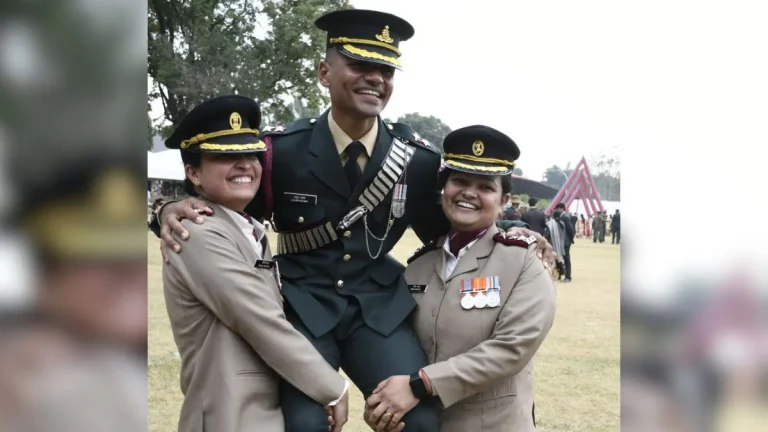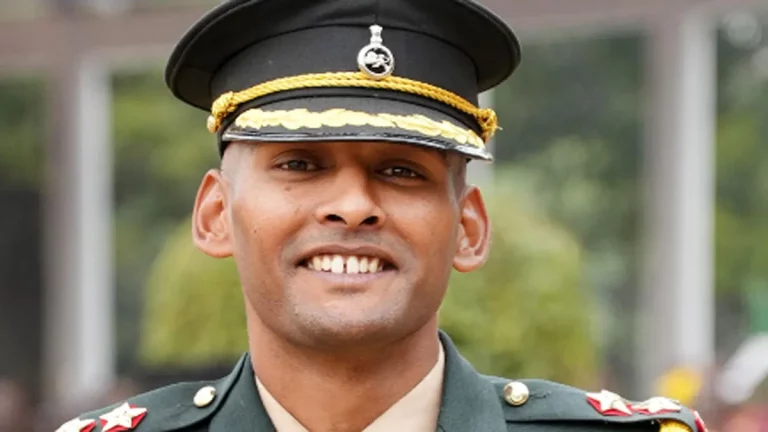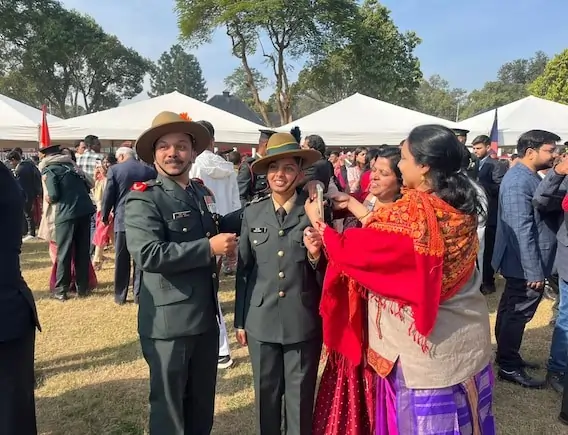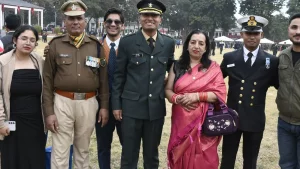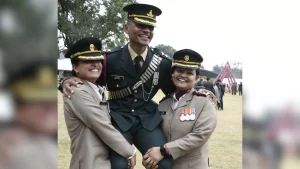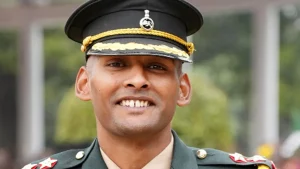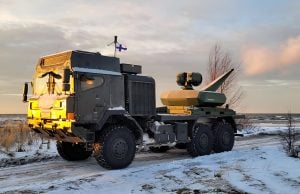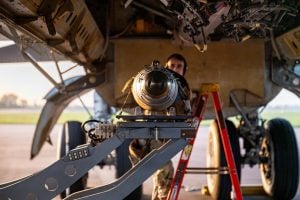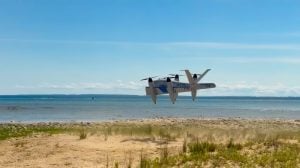In the realm of the Indian Army, there exists a force that epitomizes excellence, resilience, and precision—the PARA SF. An integral part of the Parachute Regiment, these elite troops are trained for the most arduous of missions, ranging from hostage rescue to counter-terrorism. This detailed article aims to shed light on the history, contributions in wars, functions, the journey to becoming a PARA SF, their duties, and the training centers shaping these exceptional warriors.
PARA SF Overview
Let’s begin with a quick overview of some fundamental details about PARA SF presented in the table below:
| Parameter | Details |
|---|---|
| Full Form | PARA Special Forces (PARA SF) |
| Constituted Within | Parachute Regiment, Indian Army |
| Year of Establishment | 1966 |
| Primary Functions | Hostage Rescue, Unconventional Warfare, Counter-terrorism, Counter-insurgency, Special Reconnaissance |
| Historical Roots | Traced back to the 50th Parachute Brigade formed in October 1941 during World War II |
| Prominent Wars | 1971 Indo-Pak War, Operation Bluestar (1984), 1999 Kargil War, Operation Summer Storm (2000), and more |
| Operational Units | 15 Special Forces, 2 Territorial Armies, 1 Counter-insurgency Battalion |
| Selection Process | Rigorous training, including a probationary period and parachute jumps |
| Operational Duties | Counter-terrorism, Direct Action, Special Operations, Combat Free Fall, Underwater Diving, Paramotor Piloting, IGLA and A/Tk Missile Piloting, Rock Craft, Ice Craft |
| Training Centers | Special Forces Training School, Combat Free-fall Training School, Desert Warfare School, High Altitude Warfare School, Basic Combat Divers Course, Commando Training Camp, High-Altitude Commando Course, Counter Insurgency and Jungle Warfare School, and more |
PARA SF: History
The journey of PARA SF traces its origins back to World War II when the British Indian Army laid the foundation with the creation of the 50th Parachute Brigade in October 1941. This unit later evolved into the 9th Parachute Commando Battalion within the 1966 Parachute Regiment, earning the distinction of being among the world’s oldest airborne forces. The establishment of PARA SF aimed to enhance the operational capabilities of the Indian Army, particularly in anti-terror operations.
Prominent Wars of PARA SF
PARA SF has played crucial roles in various wars and operations, demonstrating their prowess and valor. Some of the notable conflicts and operations in which PARA SF participated include:
- 1971 Indo-Pak War
- Operation Mandhol
- Chachro Raid
- Operation Bluestar (1984)
- Sri Lanka (1987)
- Operation Cactus, Maldives
- 1999 Kargil War
- Operation Khukri 2000
- Cross Surgical LOC Strike
- Operation Summer Storm 2000
A Walk into the Journey of a Para SF Commando
Functions of PARA SF
As of today, PARA SF comprises fifteen special forces units, two territorial armies, and one counter-insurgency battalion. These units undergo specialized training to confront adversaries in the most challenging conditions. The primary functions of PARA SF include:
- Destruct the enemy’s communicational infrastructure, participating in surgical strikes
- Gathering special intelligence and passing it to higher authorities for decoding
- Participate in special operations and insurgency operations along with the Indian Army
- Engage in counter-terrorism, special operations, counter-proliferation, foreign internal defence, direct action, and hostage rescue operations within or beyond the country’s territory
How to Become a PARA SF?
Becoming a member of PARA SF demands intense training and a rigorous selection process. Candidates must first qualify as paratroopers. Those already in service can volunteer for this elite group and, upon qualifying, undergo a probationary period of three years. The selection process typically involves five jumps (four during the day and one at night) at the Paratroopers Training School in Agra, Uttar Pradesh. PARA SF seeks individuals who are physically fit, mentally resilient, young, and analytically innovative.
5 Inspiring Facts About Brigadier Saurabh Singh Shekhawat, 21 PARA SF, Kirti Chakra
How To Become A PARA SF Commando In Indian Army
Duties of a PARA SF Operative
During combat activities, a PARA SF operative shoulders several critical duties, including:
- Counter-terrorism
- Direct Action
- Special Operations
- Combat Free Fall
- Underwater Diving
- Paramotor Pilot
- IGLA and A/Tk Missile Pilot
- Rock Craft and Ice Craft
Training Centers Nurturing PARA SF Excellence
India hosts several training centers dedicated to recruiting and honing PARA SF personnel with the necessary skills. Some of these centers include:
- Special Forces Training School, Nahan, Himachal Pradesh
- Combat Free-fall Training (HAHO and HALO) at the Parachute Training School, Agra
- Desert Warfare School, Rajasthan
- High Altitude Warfare School (HAWS), Sonamarg, Kashmir
- Basic Combat Divers Course, Indian Navy’s Diving School, Kochi
- Commando Training Camp, Belgavi, Karnataka
- 4-week High-Altitude Commando Course, Parvat Ghatak School in Tawang, Arunachal Pradesh
- Counterinsurgency, at the Counter Insurgency and Jungle Warfare School (CIJWS) in Vairengte, Mizoram
Complete List Of PARA SF Battalions [Updated 2024]
Indian Army’s PARA SF Test Jetpack Suit to Enhance Tactical Mobility
In essence, PARA SF is a highly trained force within the Indian Army, undertaking challenging missions to ensure the safety of our nation. Their journey is one of resilience, courage, and unwavering commitment, making them an indispensable part of India’s defense forces.
FAQs
1. What does PARA SF stand for?
PARA SF stands for PARA Special Forces, where PARA denotes the Parachute Regiment of the Indian Army.
2. When was PARA SF established?
PARA SF was established in the year 1966 as a specialized unit within the Parachute Regiment.
3. What is the primary function of PARA SF?
The primary functions of PARA SF include hostage rescue, unconventional warfare, counter-terrorism, counter-insurgency, and special reconnaissance.
4. What are the historical roots of PARA SF?
The historical roots of PARA SF can be traced back to the 50th Parachute Brigade formed during World War II. This later evolved into the 9th Parachute Commando Battalion within the Parachute Regiment.
5. In which wars has PARA SF played a prominent role?
PARA SF has participated in several wars and operations, including the 1971 Indo-Pak War, Operation Bluestar (1984), the 1999 Kargil War, and Operation Summer Storm (2000), among others.
6. What are the operational units within PARA SF?
PARA SF comprises fifteen special forces units, two territorial armies, and one counter-insurgency battalion.
7. How does one become a member of PARA SF?
To become a member of PARA SF, individuals must first qualify as paratroopers and then volunteer for the elite group. The selection process involves rigorous training and a probationary period.
8. What are the duties of a PARA SF operative?
Duties of a PARA SF operative include counter-terrorism, direct action, special operations, combat free fall, underwater diving, paramotor piloting, IGLA and A/Tk missile piloting, rock craft, and ice craft.
9. What are some of the training centers nurturing PARA SF excellence?
Training centers dedicated to nurturing PARA SF excellence include the Special Forces Training School, Combat Free-fall Training School, Desert Warfare School, High Altitude Warfare School, Basic Combat Divers Course, Commando Training Camp, and Counter Insurgency and Jungle Warfare School, among others.
10. What is the significance of PARA SF in India’s defense forces?
PARA SF plays a crucial role in India’s defense forces by undertaking challenging missions to ensure national security. Their specialized training, skills, and unwavering commitment make them indispensable assets to the Indian Army.
